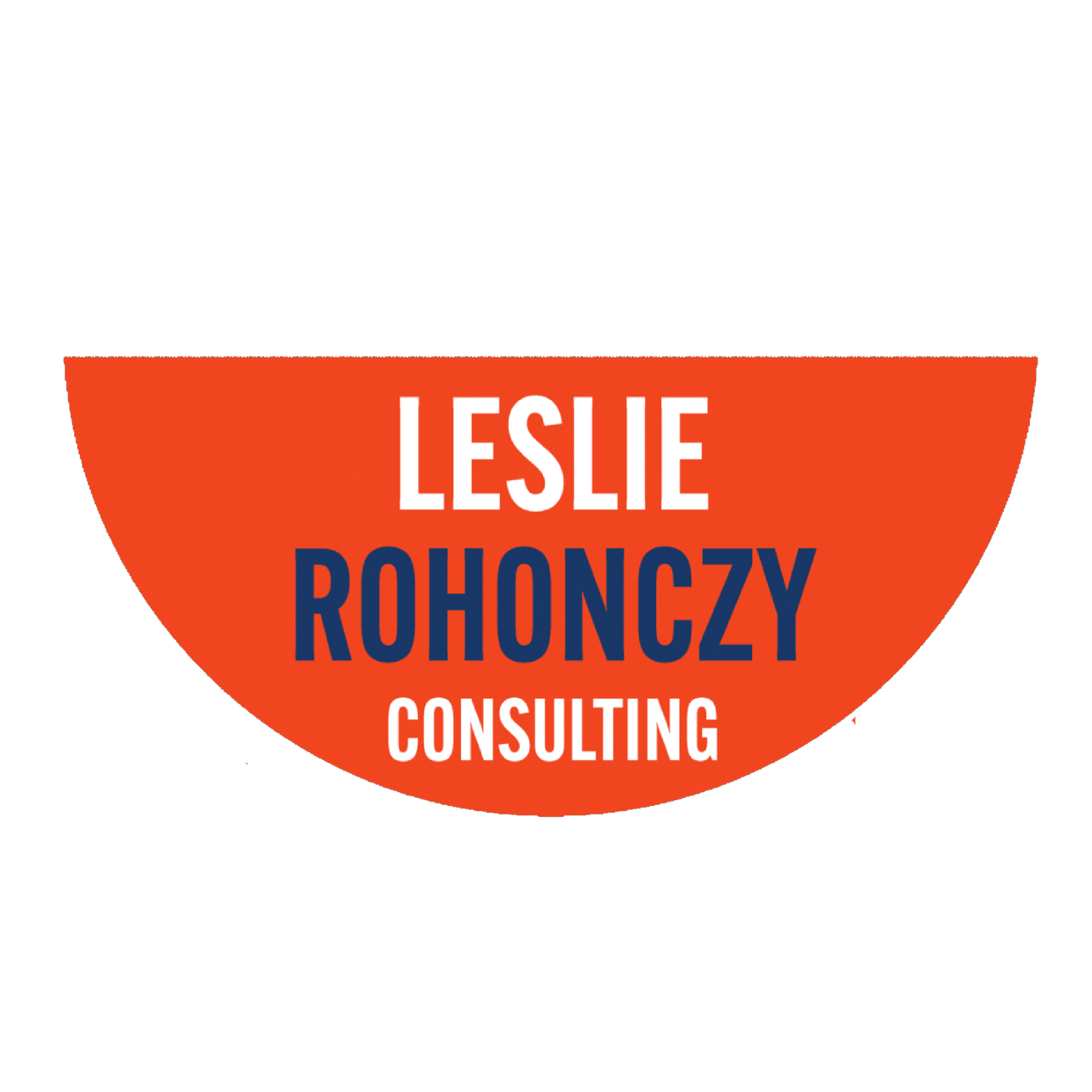Two smart people sit across from each other in a meeting room. Both are calm. Both are right. And both are getting increasingly frustrated. What begins as a discussion about a company initiative morphs into something else: a collision of values, identity, and certainty. Each leaves the room convinced they were the reasonable one, and the other person is being difficult.
What happens when everyone is certain, and no one is listening?
THE NEW WORKPLACE DIVIDE
It used to be that politics stayed outside the office. Not anymore. From boardrooms to lunchrooms, polarization has seeped into corporate life, fueled by social media and the growing expectation that organizations must take public stands on social issues.
Recent research confirms how polarization can take a measurable toll on performance and retention. The Society for Human Resource Management (SHRM) reported in 2022 that one in four employees had considered leaving a job because workplace discussions around political or social issues became toxic. These trends show that polarization is not just a social problem; it has real consequences for innovation, engagement, and talent stability.
And according to the 2024 Edelman Trust Barometer, 63% of employees say they expect their CEO to take a stand on societal issues, yet only 30% of executives feel confident doing so. And trust in institutions, government, media, and business alike, continues to erode. The same report found that fewer than half of respondents trust “most people” they meet, a striking decline from a decade ago.
The result? A climate of fear and fatigue. Leaders tiptoe around sensitive topics. Employees scan for alignment before speaking openly. Diversity of thought, once celebrated, now feels risky. And polarization settles in like a heavy fog that clouds decision-making, trust, and collaboration across the organization.
But pretending the divide doesn’t exist isn’t neutral; it’s avoidance. So how do we create psychological safety in a world where safety itself can feel political?
WHY POLARIZATION FEELS SO PERSONAL
When someone challenges our deeply held beliefs, it doesn’t just feel like disagreement; it feels like threat. Studies by cognitive neuroscientist Jonas Kaplan and colleagues at the University of Southern California (2016) found that when people’s core beliefs are challenged, the brain activates the same regions associated with physical pain and self-protection. The amygdala lights up, cortisol spikes, and we default to fight, flight, freeze, or submit.
From a coaching lens, this is where identity and “shadow projection” come into play. When we’re triggered by another person’s view, it often isn’t just about their words. It’s about what we’ve disowned in ourselves, the traits or values we reject and then unconsciously project onto others. The conversation stops being about the topic and becomes a battle for belonging.
Social psychologist Jonathan Haidt captures this idea in The Righteous Mind, noting that we tend to be emotional creatures who occasionally think, rather than rational ones who occasionally feel. Our moral intuitions drive us first, and reasoning arrives later, usually to justify what we already believe.
In polarized times, the human brain is doing its job. It’s protecting us. But when we understand this biological response, we can choose curiosity over reactivity, allowing space for difference without making it dangerous.
SKILLS FOR LEADING ACROSS THE DIVIDE
Before diving into practical tools, it’s worth acknowledging that leading through polarization is less about having clever arguments and more about developing emotional stamina. The modern workplace is a microcosm of society’s divisions, and leaders often find themselves caught between opposing expectations from employees, customers, and even shareholders. Holding that tension without losing balance is a core leadership skill. The following practices are designed to help leaders stay steady, keep communication constructive, and rebuild trust when views diverge.
1. Listen for values, not positions.
Underneath every strong opinion is a value trying to express itself. If someone argues passionately about a policy, ask what that issue represents for them. Is it fairness? Safety? Freedom? When you reflect those values back, the tension often diffuses.
2. Frame conversations around shared purpose.
Teams can tolerate disagreement when they’re anchored in something bigger than the argument itself. A leader might say, “We don’t all need to think alike, but we do need to work toward the same outcome.” Purpose restores perspective.
3. Practise the discipline of neutrality.
Neutrality doesn’t mean silence or fence-sitting. It means creating the conditions where every voice can be heard without fear of ridicule or reprisal. The discipline is internal, holding your own judgments lightly, so others can show up fully.
4. Model curiosity over conviction.
When you lead with curiosity (“Help me understand what’s important to you about that”), you lower defences. Neuroscience research from the Centre for Creative Leadership (2023) shows that curiosity increases empathy and trust within teams, particularly in cross-ideological settings.
5. Create structured dialogue spaces.
A senior leader I coached had inherited a team who were divided over a corporate decision, and their team meetings had become emotionally charged. She convened a “listening circle,” where each person had three minutes to share their perspective uninterrupted. The only rule: others could only ask clarifying questions, not rebuttals. By the end, tensions had softened enough to create opportunities to build shared understanding, without the need for everyone to agree on all points.
YOUR COACHING CHALLENGE: FIND THE COMMON SENTENCE
To deepen learning and accountability, journal your reflections after each practice, or share your observations with a trusted peer or coach. This helps integrate the insights and reinforces new habits over time.
Pause and observe. In your next polarizing conversation, notice what is happening in real time.
Notice your reactions. Pay attention to any urge to defend, persuade, withdraw, or mentally check out.
Observe your body. Scan for signals such as a tightening jaw, tense shoulders, fidgeting, shallow breathing, or a raised voice.
Name the value at stake. Ask yourself, “What value of mine feels threatened here, such as fairness, autonomy, safety, or respect?”
Prepare two neutral questions. Before or during the meeting, use values-based questions that focus on shared goals, for example: “What do we both want for this team?” or “What would success look like for everyone here?”
Structure the dialogue. Invite one minute of uninterrupted sharing per person, followed by clarifying questions only. Listen specifically for points of alignment.
Capture the common sentence. Write down one sentence both sides could genuinely say “yes” to, such as, “We both care deeply about this company,” or, “We both want people to feel safe.”
Reflect and plan the next experiment. Journal three prompts: what shifted when I led with curiosity, what I would repeat next time, and what I will change in a higher stakes moment. Share one takeaway with a peer or coach and schedule the next opportunity to practice.



